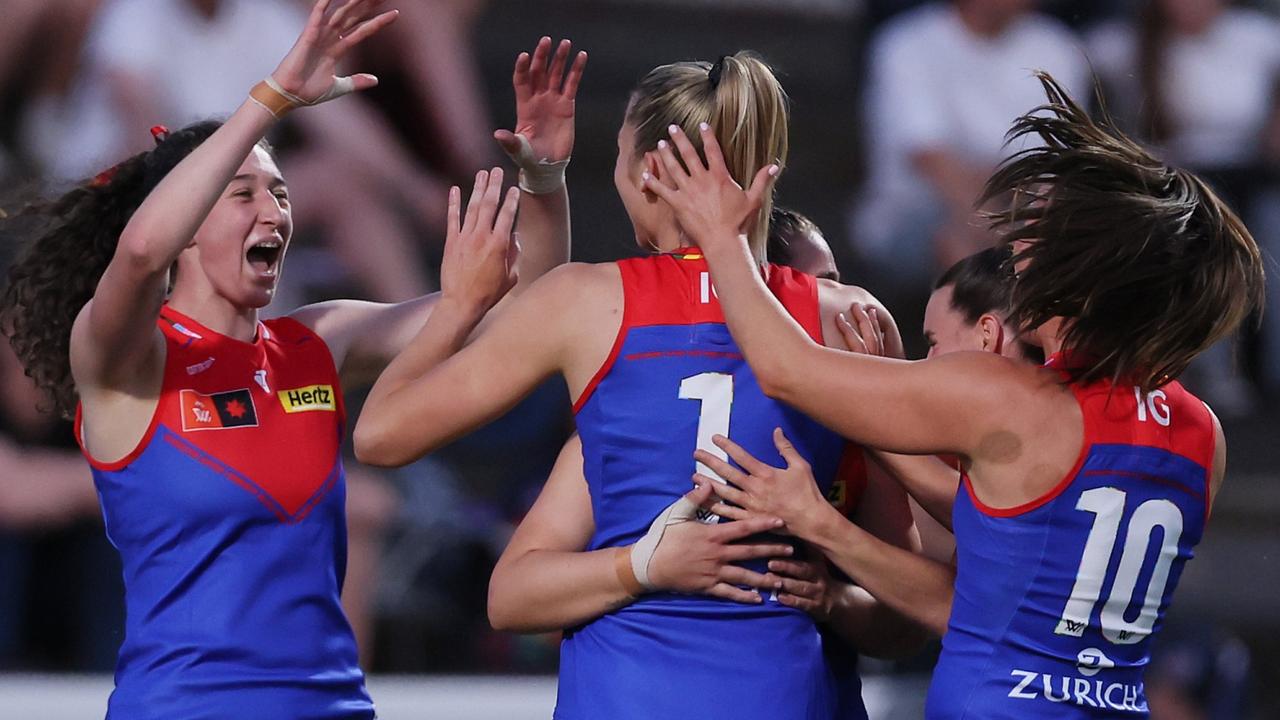Aussie Olympians left in financial ruins, depression and an uncertain future
Australia’s elite athletes always look a million dollars when they march at the opening ceremonies for the Olympics and Paralympics. But behind those smiles mask a heavy burden that has left many athletes and their families in financial ruin, a Sunday Telegraph investigation has uncovered.
Sport
Don't miss out on the headlines from Sport. Followed categories will be added to My News.
Waving their flags and posing for selfies in their designer suits, Australia’s elite athletes always look a million dollars when they march at the opening ceremonies for the Olympics and Paralympics.
But the big toothy smiles mask a heavy burden that has left many athletes and their families in financial ruin, battling depression and facing an uncertain future.
The federal government’s decision to reduce funding levels for elite sports has left some of our top athletes and their loved ones to pick up the bill for the honour of representing their country — and the costs have become unbearable.
While most people already know the physical sacrifices athletes make to get to the top, an investigation by The Sunday Telegraph is lifting the veil on the financial battles many endure.
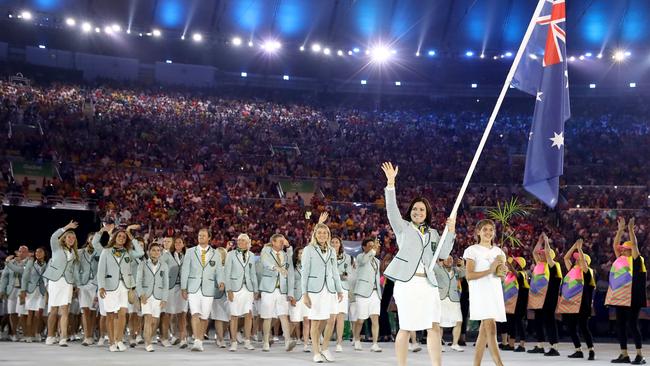
MORE NEWS
INSIDE SECRET WORLD OF SUGAR BABIES
JOHN HOPOATE GIVES NRL THE FINGER — AGAIN
JARRYD HAYNE’S LAWYER KEEPS ‘CLOSE EYE’ ON SEX CLAIMS
A host of athletes are working part-time jobs around the clock to try to cover their costs, which amount to tens of thousands of dollars each year, and they hardly have enough money left over to feed themselves.
Some have to walk to training because they can’t afford cars or taxi fares, and one family even sold their farm in the midst of one of the worst droughts in years to fund their son’s sporting dreams.
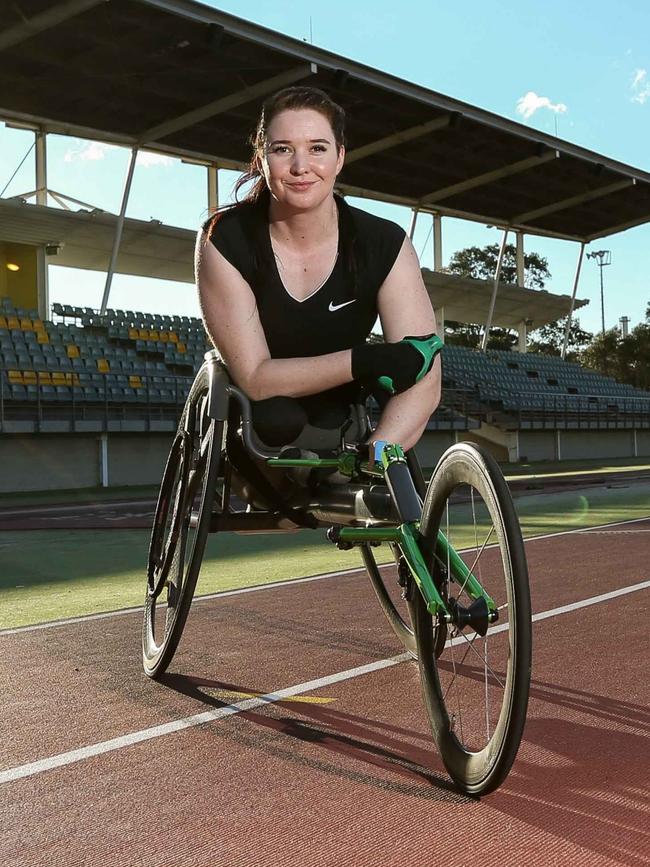
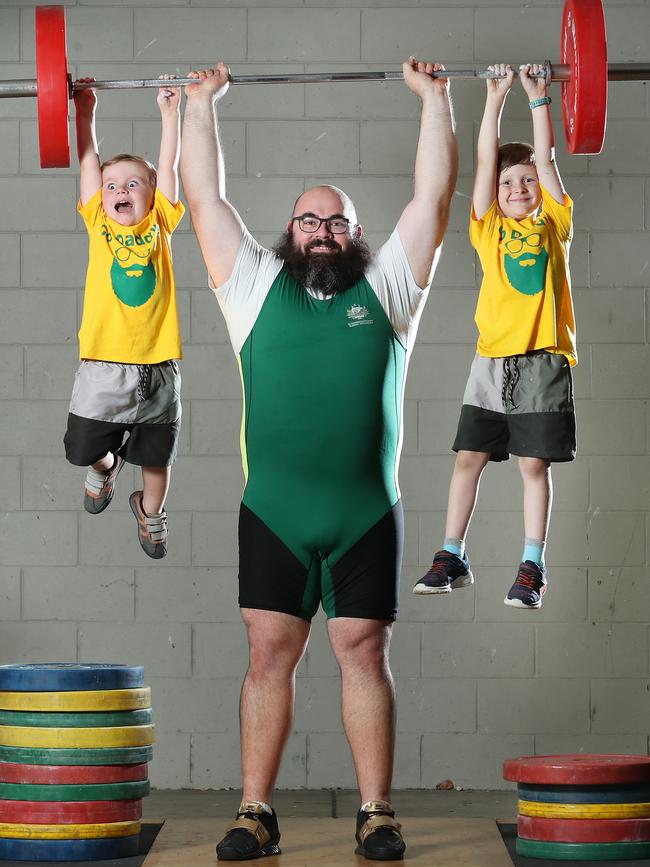
And despite competing against athletes from other countries who are fully funded, the threat of failure hangs over them like a dark cloud, with their limited funding ruthlessly stripped if they don’t reach the high benchmarks set for them.
Until now, most elite athletes have kept quiet about the funding crisis but, as Australia continues to slide down the medals table, the Australian Olympic Committee has pleaded with the government to boost funding levels to where they were around the time of the Sydney Olympics.
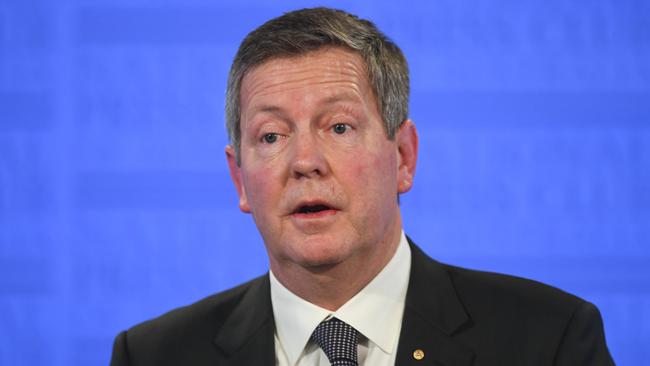
“Rarely, if ever, have I received a complaint from an athlete or a parent about the money they’ve had to put into their campaigns so there’s no whingeing or anything of that nature,” AOC chief executive Matt Carroll said.
“But what the AOC is saying is these athletes and their families deserve the support. Slowly but surely the amount being invested by the government at the national level has diminished. Not intentionally so, but it just hasn’t been kept up.”
According to the AOC, government funding for high performance sport has fallen by 12 per cent in real terms since 2010. Mr Carroll is calling on the government to contribute an extra $60 million a year to sporting programs, saying the money would go directly to athletes to help with their preparations.
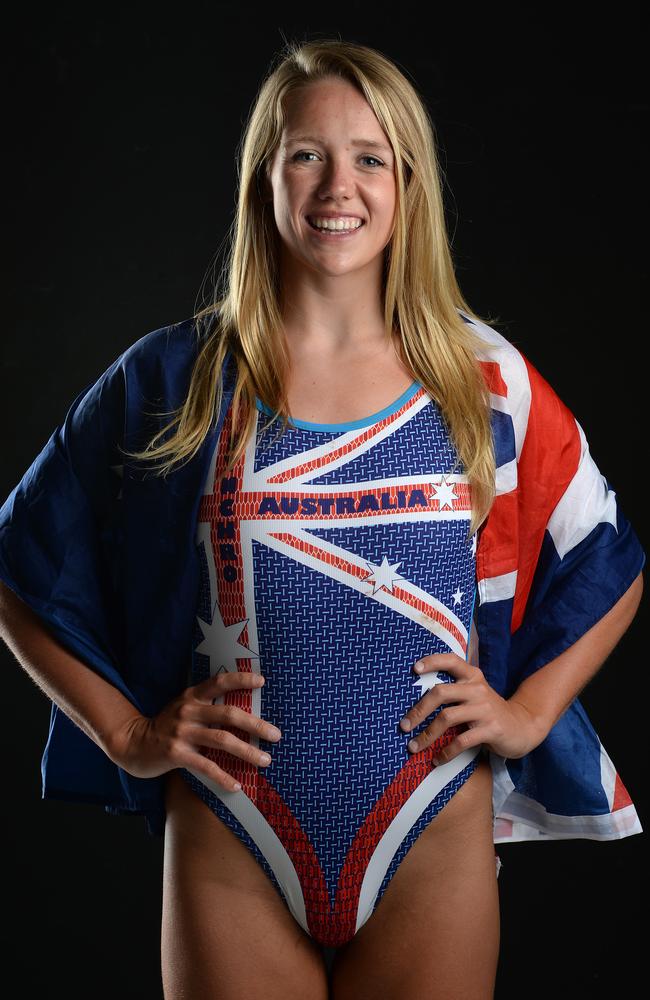
None of the money would go to the AOC, which does its own fundraising to send athletes to the Olympics.
“That number comes from the sports commission, that’s the amount of money that’s disappeared over the years. The gap that has opened up to what they used to invest to what they’re investing now,” Mr Carroll said.
“We’re not talking about $600 million. If we just put back what was taken we can be competitive — more competitive than we already are.”
A spokesman for the Minister of Sport, Senator Bridget McKenzie, said the government was working hard to “deliver the best outcomes to inspire the next generation of athletes”.
“The government invests heavily in the performance of our athletes with over $100 million per year and was boosted by our recent $50 million injection to support our athletes in the lead up to the Tokyo Olympics,” the spokesman said.
Originally published as Aussie Olympians left in financial ruins, depression and an uncertain future


